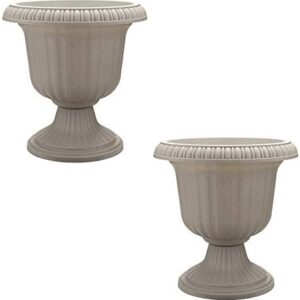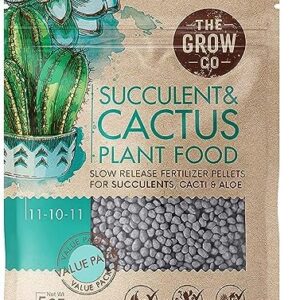If you’re a plant lover like me, you know the joy that comes from seeing your garden filled with lush, healthy greenery. But as any seasoned gardener will tell you, keeping your plants looking their best requires a little bit of maintenance and care. One of the key practices in maintaining a thriving garden is dividing your plants.
Dividing plants may sound like a daunting task, but trust me, it’s easier than you think. Not only does it help keep your garden looking clean and well-maintained, but it’s also a great way to promote healthy growth in your plants. So, let’s dive into the world of plant division and learn how to do it like a pro.
Why Divide Plants?
Plants like perennials tend to grow larger and spread out over time. As they grow, their roots become crowded, which can lead to stunted growth and poor overall health. Dividing plants helps to alleviate this overcrowding, allowing each plant to thrive and grow to its fullest potential.
Dividing plants also allows you to create new plants for other areas of your garden or to share with friends and family. Plus, it’s a great way to rejuvenate older, struggling plants and give them a new lease on life.
When to Divide Plants
The best time to divide most plants is in the spring or fall when they are not actively growing. However, some plants may have specific dividing times based on their blooming cycle, so be sure to do your research beforehand.
Signs that a plant may need to be divided include crowded root systems, reduced flowering or foliage, and a general lack of vitality. If you notice any of these signs in your plants, it may be time to consider dividing them.
How to Divide Plants
Now that you know why and when to divide plants, let’s get into the nitty-gritty of how to divide them. Here’s a step-by-step guide to help you divide your plants like a pro:
1. Prepare your tools: Before you start dividing your plants, make sure you have all the necessary tools on hand. You’ll need a sharp knife or garden spade, a pair of pruners, and a sturdy trowel.
2. Water your plants: To make dividing easier and less stressful on your plants, water them thoroughly a day or two before dividing them. This will help loosen the soil and make it easier to separate the roots.
3. Dig up the plant: Carefully dig up the plant, making sure to dig around the entire root ball. Try to disturb the roots as little as possible to minimize damage to the plant.
4. Divide the plant: Use your knife or spade to divide the plant into smaller sections. Make sure each section has a healthy root system and a good amount of foliage. If the plant has a woody stem, make sure each section has at least one strong stem.
5. Replant the divisions: Once you’ve divided the plant, replant the divisions in a new location in your garden. Make sure to dig a hole large enough to accommodate the root system and water the plants thoroughly after planting.
6. Mulch and water: To help the newly divided plants establish themselves, add a layer of mulch around the base of the plants. This will help retain moisture and protect the roots from harsh weather conditions. Water the plants regularly, especially during the first few weeks after dividing.
Tips for Dividing Plants
– Choose the right plants to divide: Not all plants can be divided successfully, so make sure to choose plants that are suited for division, such as perennials, ornamental grasses, and certain shrubs.
– Divide on a cloudy day: Dividing plants on a cloudy day or in the evening can help reduce stress on the plants and prevent them from becoming dehydrated.
– Share with friends: If you end up with more divisions than you need, consider sharing them with friends, family, or neighbors. It’s a great way to spread the joy of gardening and build a sense of community.
– Monitor and care for your divisions: Keep an eye on your newly divided plants and make sure to provide them with the proper care and attention they need to thrive. Regular watering, fertilizing, and mulching will help your divisions establish themselves and grow into healthy, vigorous plants.
In conclusion, dividing plants is a simple yet effective way to promote healthy growth and rejuvenate your garden. By following these tips and guidelines, you’ll be well on your way to creating a thriving garden filled with lush, vibrant plants. So grab your tools, roll up your sleeves, and get ready to dive into the world of plant division – your garden will thank you!






